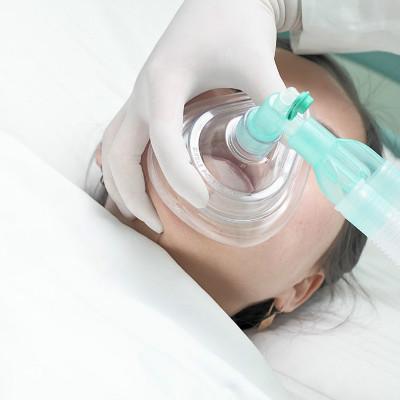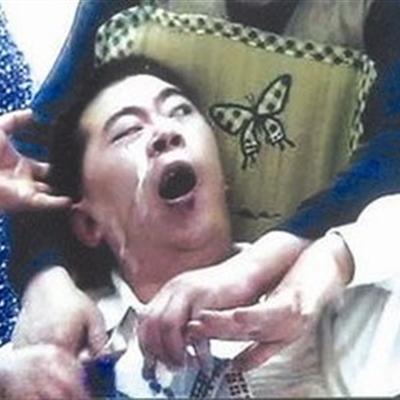How is eye sarcomatoid disease treated?
summary
Sarcoidosis can invade many organs of human body, such as lung, lymph node, skin, nerve, spleen, liver, heart, parotid gland, muscle, bone and bone joint. The eye is the vulnerable organ next to lung and hilar lymph node. When the eye is sick, it is usually accompanied by sarcoidosis of other organs. But there are also some cases, eye disease is very typical and systemic examination is not positive, known as eye sarcoidosis. How is eye sarcomatoid disease treated?
How is eye sarcomatoid disease treated?
The acute iritis of sarcomatoid disease is sensitive to glucocorticoid. The inflammation can be quickly subsided when 0.3% ~ 0.5% dexamethasone solution is applied every 2 hours. Of course, mydriasis drugs, damp hot compress and other conventional treatment of general iritis is also necessary. Chronic iricitis is stubborn and not sensitive to glucocorticoid. Methylprednisolone 20mg (per eye) can be injected under bulbar conjunctiva or fascial sac, once every other day or three days, 3-5 times in a row. When injecting under the fascial sac, use toothed forceps to lift the bulbar conjunctiva and its inferior fascia, and gently swing the needle tip after penetrating to prevent penetrating the sclera into the eyeball. After pupil dilation, short acting dilators, such as houmatopine, acetylcyclopentyl benzene or a new dilator containing 0.4% houmatopine, 0.5% norepinephrine and 1% procaine, can be used to prevent the posterior synechia of the iris at the edge of the pupil and keep the space for the iris to relax and contract, so as to avoid the anterior and posterior synechia of the iris.
For sarcomatoid chorioretinitis, periretinal phlebitis, choroidal granuloma, optic neuropathy, including chronic iridocyclitis, systemic administration of prednisone (30-60mg, 8:00 a.m.) is required when local application of glucocorticoid can not work. After remission, the dosage is gradually reduced and finally changed to maintenance dose (10mg / D), lasting for 3-6 months. When glucocorticoids were used in the whole body, they were given potassium chloride 300mg / D and low salt diet. If the glucocorticoid treatment is invalid, immunosuppressive drugs such as cyclosporine A, cyclophosphamide and phenylbutyrate can be added or used. When immunosuppressive drugs were used, blood picture, liver and kidney function were checked regularly.
Sarcoidoid acute iricitis is sensitive to glucocorticoid and has a good prognosis. Chronic iridocyclitis is a kind of granulomatous inflammation. If it is not controlled in time, it is easy to cause secondary glaucoma, complicated cataract, and even atrophy of the eyeball, resulting in complete loss of visual function.
matters needing attention
Sarcomatoid chorioretinitis, periretinal phlebitis and other fundus diseases pose a great threat to visual function. The prognosis of the patients with one episode can be controlled quickly, and most of them can recover to 0.5 or above; Repeated attacks or prolonged course of disease, on the contrary, even blindness. The mortality rate of sarcoidosis was 3% - 5%, and 10% of the patients involved the nervous system. The incidence of nervous system diseases increased from 2% to 37% and the mortality increased accordingly.












